How to Choose the Right Pillar Bearing for Your Industrial Needs
Choosing the right pillar bearing for your industrial needs is a critical decision that can significantly impact the efficiency and longevity of your machinery. Pillar bearings, known for their robust design and ability to support heavy loads, come in a variety of types and specifications tailored for different applications. Understanding the unique requirements of your operation, including factors such as load capacity, speed, alignment, and environmental conditions, is essential for selecting the most suitable bearing. Furthermore, the material and construction quality of the pillar bearing can influence both performance and maintenance needs over time. In this guide, we will explore the key considerations and best practices for choosing the right pillar bearing, ensuring that your industrial equipment operates smoothly and efficiently while minimizing downtime and maintenance costs.
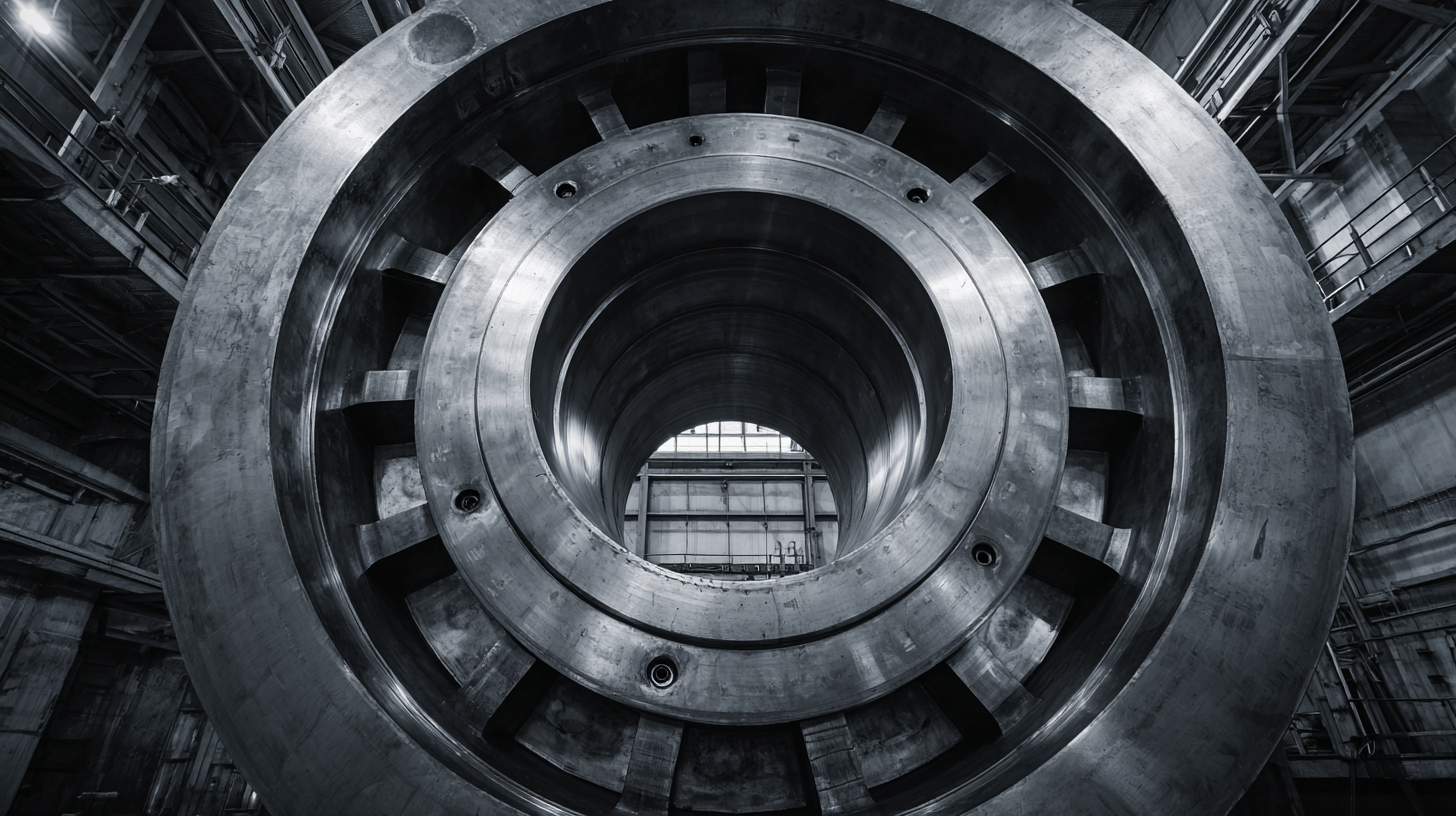
Understanding the Different Types of Pillar Bearings Available in the Market
When selecting the right pillar bearing for industrial applications, it's essential to understand the various types available in the market. Pillar bearings come in several designs, including plain bearings, roller bearings, and ball bearings, each serving specific functions based on load requirements and operational environments. According to a report by the Research Institute of Bearing Technology, the global bearings market is projected to grow from $93 billion in 2021 to over $117 billion by 2026, highlighting the increasing demand for robust and reliable bearing solutions in industries such as automotive, aerospace, and machinery.
Plain bearings, often made from materials like bronze or polymer, are well-suited for high-load, low-speed applications where minimal friction is desired. Roller bearings, characterized by cylindrical rollers, provide greater surface contact and are ideal for heavy-duty operations, reducing wear on both the bearing and shaft. Conversely, ball bearings can handle moderate loads and are favored in applications requiring high speeds. The choice between these types depends on specific operational needs, including load capacity, speed requirements, and environmental conditions, as illustrated in the latest findings from the International Journal of Engineering Research and Applications. Understanding these nuances is critical for enhancing efficiency and reliability in industrial settings.
How to Choose the Right Pillar Bearing for Your Industrial Needs
Key Factors to Consider When Selecting Pillar Bearings for Your Application
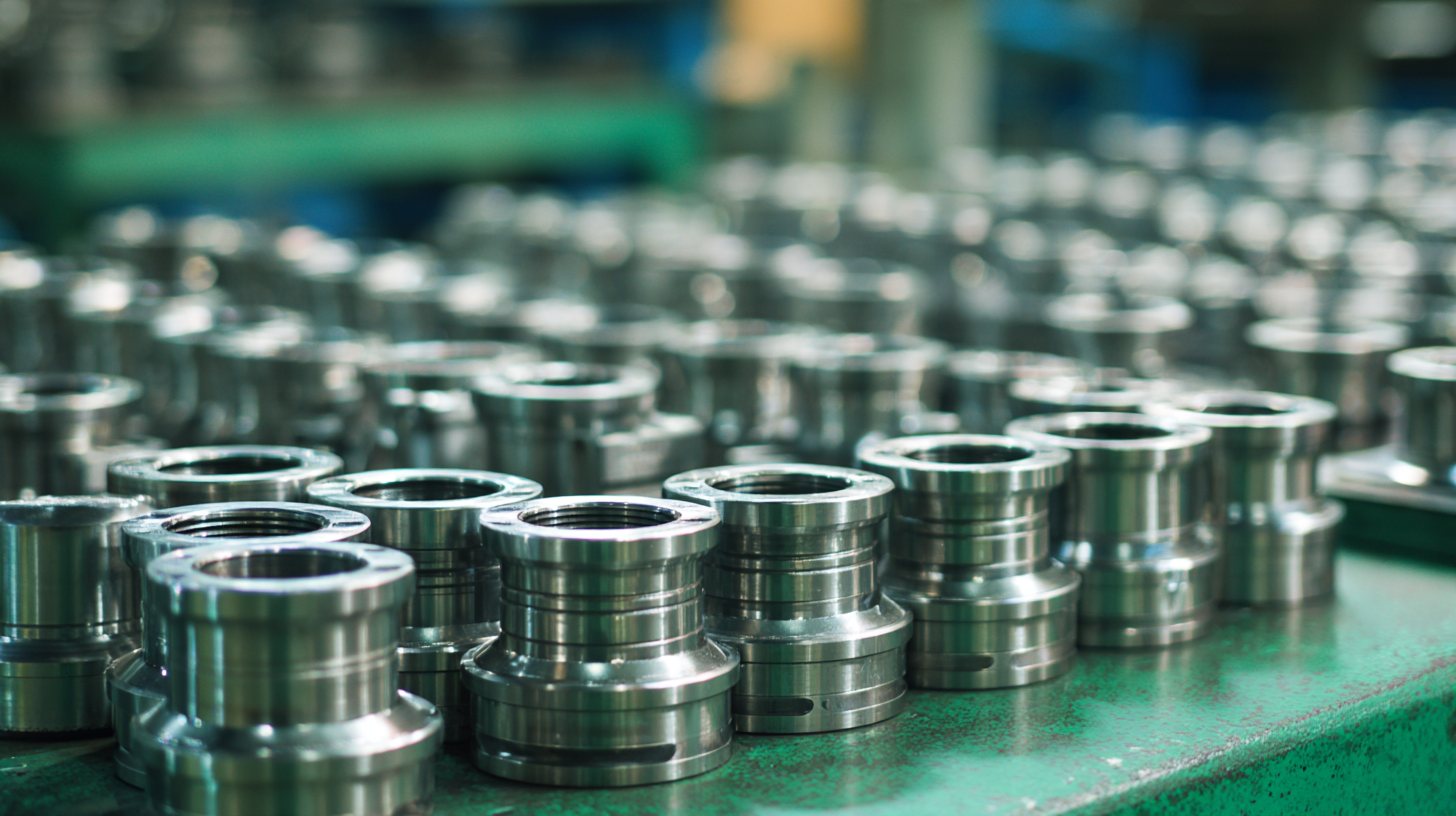 When selecting the right pillar bearing for your industrial application, several key factors should be taken into consideration. First and foremost, assess the load capacity required for your specific application. Different bearings are designed to handle varying loads; therefore, it is crucial to choose one that can withstand the operational demands without risk of failure. Additionally, consider the environmental conditions in which the bearing will operate. Factors such as temperature, humidity, and exposure to chemicals can significantly influence the performance and longevity of the bearing.
When selecting the right pillar bearing for your industrial application, several key factors should be taken into consideration. First and foremost, assess the load capacity required for your specific application. Different bearings are designed to handle varying loads; therefore, it is crucial to choose one that can withstand the operational demands without risk of failure. Additionally, consider the environmental conditions in which the bearing will operate. Factors such as temperature, humidity, and exposure to chemicals can significantly influence the performance and longevity of the bearing.
Tips: Always consult with the manufacturer’s specifications to match the bearing's characteristics with your application's needs. Also, think about the maintenance and lubrication requirements for the chosen bearing; a design that allows easy access for maintenance can lead to increased efficiency and reduced downtime.
Another critical aspect is the installation method and alignment of the pillar bearing. Proper installation ensures that the bearing functions optimally and reduces the likelihood of wear and tear. Reviewing the compatibility of the bearing with existing equipment and the overall system design is essential for achieving reliable operation, particularly in settings like cooperative mining where structural adaptability is vital.
Evaluating Load Capacity and Performance Specifications of Pillar Bearings
When selecting a pillar bearing for industrial applications, evaluating load capacity and performance specifications is crucial for ensuring optimal functionality and longevity. Load capacity refers to the maximum weight the bearing can support under specific conditions. It's essential to assess both static and dynamic load ratings to match your specific operational needs. Always consider the maximum anticipated load in your application and choose a bearing that exceeds this capacity to accommodate unexpected stresses and prolong its lifespan.
Tips: Always consult with the manufacturer's guidelines regarding load capacities and performance metrics. Knowing the materials and environmental conditions the bearing will be exposed to can significantly influence its efficiency. For example, choosing a corrosion-resistant material may be necessary in humid or chemical-heavy environments.
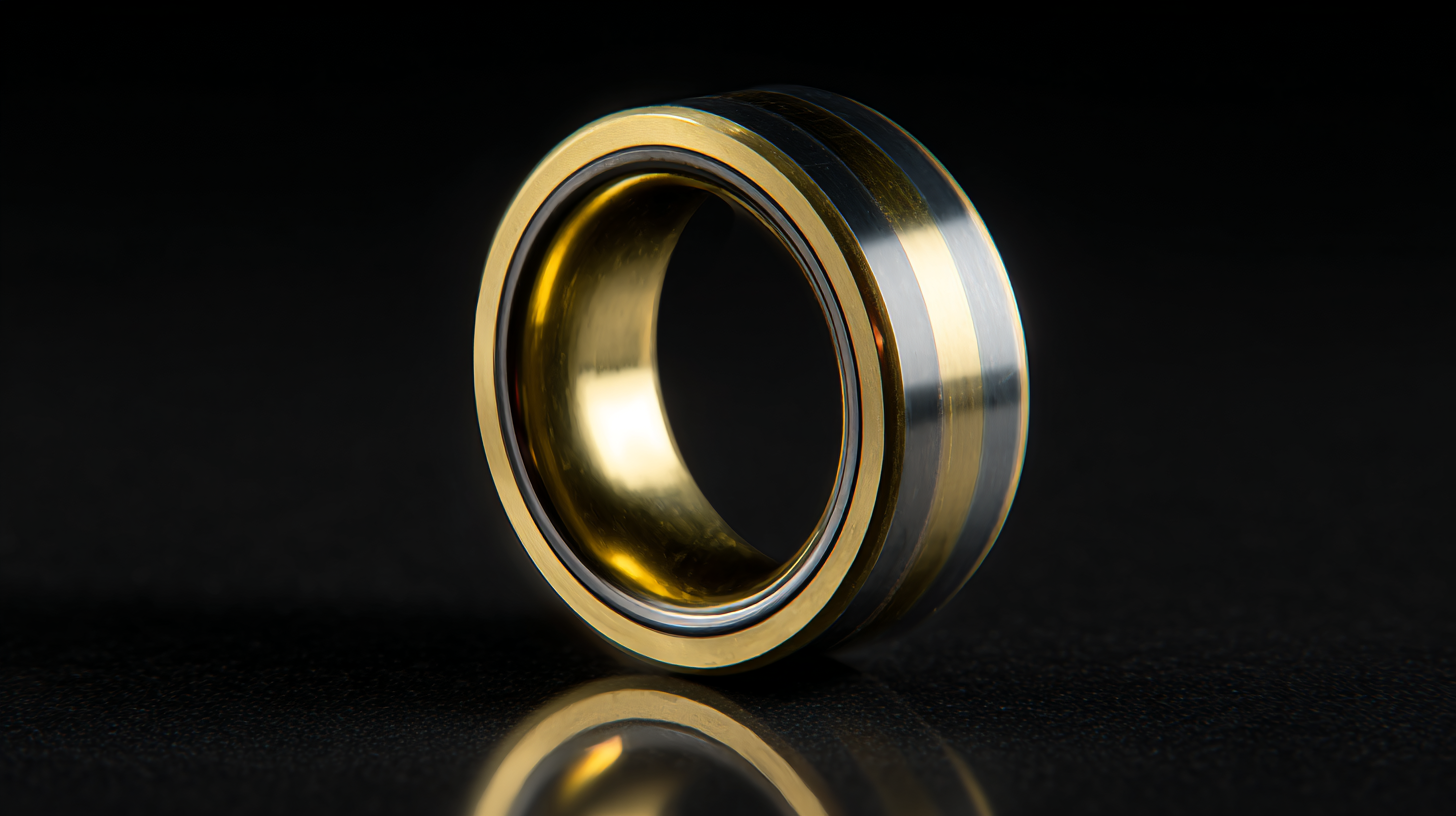
In addition to load capacity, performance specifications such as speed rating and temperature tolerance play a significant role in the bearing's operation. Understanding these parameters helps in selecting a bearing that not only meets the current requirements but is also capable of adapting to future modifications in the production process. Be sure to consider how the bearing will perform under varying speeds and temperatures to avoid premature failure and ensure smooth operations.
Material Choices for Pillar Bearings and Their Impact on Durability
When selecting pillar bearings for industrial applications, material choices play a pivotal role in determining the durability and performance of the equipment. Common materials used in manufacturing pillar bearings include steel, cast iron, and various polymers. According to a recent report by the Industrial Bearing Association, bearings made from high-grade steel can extend service life by up to 30% compared to those made from lower quality materials. This is particularly crucial in environments with high load and stress, where the integrity of the bearing directly affects the operational efficiency.
Tips: When considering material options, it's essential to evaluate the operating conditions, including temperature, load type, and exposure to chemicals. For example, if the bearing will be used in a corrosive environment, opting for stainless steel or specialized polymers may be necessary to prevent degradation.
Additionally, the impact of surface treatments can enhance durability significantly. Coatings such as nitride or anodizing can provide an extra layer of protection against wear and corrosion. A study from the American Society of Mechanical Engineers highlighted that bearings with proper surface treatments exhibit an increase in lifespan by approximately 20-25%. Choosing the right combination of material and treatment can lead to substantial long-term cost savings and improve reliability.
How to Choose the Right Pillar Bearing for Your Industrial Needs - Material Choices for Pillar Bearings and Their Impact on Durability
| Material | Common Applications | Durability Rating | Temperature Tolerance (°C) | Cost Efficiency |
|---|---|---|---|---|
| Plastic | Light machinery, electronics | Moderate | -20 to 80 | High |
| Bronze | Automotive, marine applications | High | -50 to 200 | Moderate |
| Stainless Steel | Heavy-duty machinery, food processing | Very High | -40 to 300 | Low |
| Ceramic | Aerospace, high-speed applications | Very High | -200 to 600 | Very Low |
| Composite | Construction, automotive | High | -40 to 120 | Moderate |
Maintenance Tips for Prolonging the Life of Pillar Bearings in Industrial Use
When it comes to pillar bearings in industrial applications, maintenance is crucial for ensuring optimal performance and longevity. Regular inspections should be carried out to identify signs of wear or damage early on. Keeping the bearings clean and free from contaminants is essential, as debris can lead to increased friction and wear. Utilizing appropriate lubrication, as specified by the manufacturer, can also significantly enhance the life of the bearings by reducing heat generation and minimizing wear.
In environments that require high hygiene standards, such as food processing, choosing the right bearing is particularly important. For instance, bearings designed to withstand aggressive cleaning processes and prevent water ingress are essential in these settings. Proper maintenance protocols should include routine cleaning to prevent buildup of contaminants and regular checks for signs of moisture or corrosion. By adhering to these maintenance tips, industries can ensure that their pillar bearings function efficiently and effectively, thus reducing downtime and repair costs.
Related Posts
-

7 Essential Tips for Choosing the Best Pillar Bearing for Your Needs
-

10 Essential Tips for Choosing the Perfect Tapped Bearing
-
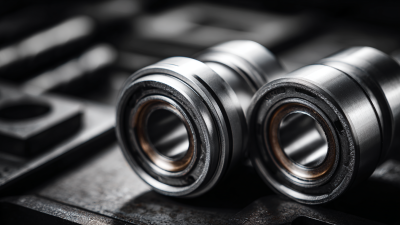
How to Choose the Right Pillow Bearing for Your Industrial Applications
-
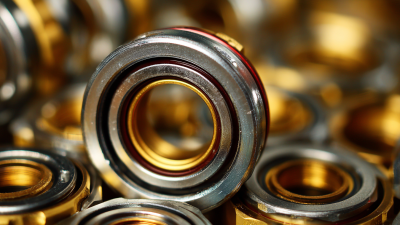
Understanding the Functionality and Benefits of Nup Bearing Types
-
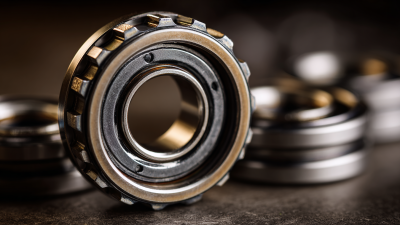
How to Choose the Right Tapped Bearing for Your Application Needs
-
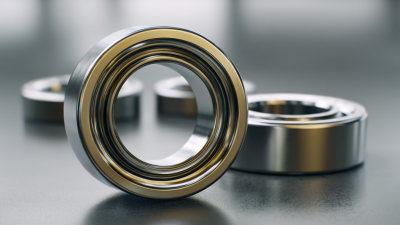
How to Choose the Perfect Real Bearing for Your Industrial Applications